The fragrance of flower carpets, the taste of a sumptuous feast, and the rhythmic thrum of boat races—Onam is more than a festival; it’s an emotion deeply rooted in the hearts of Malayalees. According to legend, King Mahabali was a benevolent ruler sent to the netherworld by Vamana, the fifth avatar of Lord Vishnu. As a blessing, he was allowed to visit his subjects once a year. Onam is celebrated to welcome the King, making it the cornerstone of Kerala’s culture. The ten-day festival also marks the end of the monsoon season and the start of the harvest, symbolizing prosperity. While each region and community celebrates differently, all share common threads: the wisdom of our ancestors, reverence for nature, and a yearning for prosperity.
Pookkalam: A Floral Tradition
Preparing elaborate flower carpets called Pookkalams is a visually captivating highlight of Onam celebrations. These intricate flower patterns are made on all ten days of Onam, with designs becoming increasingly detailed and incorporating more flowers each day. Traditionally, Pookkalams were created on a base of cow dung, with layers of flowers added to honor Hindu deities. In some places, a symbolic figure of Mahabali, known as Onathappan, is placed in the center.

During our stay in Odisha, my daughter and I spent hours designing an elaborate Pookkalam on Thiruvonam day, making it the favorite selfie spot in our apartment complex. Even shopping for fresh vegetables and flowers became a cherished ritual, connecting me to my Kerala heritage, no matter where life took me.
Onam Sadya: A Sensory Feast
When I moved to Ethiopia, I held onto my roots by preparing the traditional Onam Sadya and inviting friends to experience the flavors and warmth of Kerala. This grand vegetarian feast features a variety of dishes, from parboiled red rice to savory sides, pickles, chutneys, and a range of desserts. It is a symphony of flavors, capturing all six tastes—sweet, sour, salty, bitter, pungent, and astringent—to create a balanced experience for the palate. Typically served on a banana leaf and eaten with hands while seated on the floor, each dish is thoughtfully placed, blending tradition with the science of taste, and the leaf itself enhances both flavor and aroma while offering health benefits.

Onam Mundu: Dressed in Tradition
During Onam, wearing new clothes, especially the Onam Mundu—a traditional garment with a golden border—is a cherished custom. Symbolizing purity and new beginnings, this attire reflects the simplicity and elegance of Kerala’s cultural dress.

Kattappaattu and Kambalanatti: Harvest Traditions
Kattappaattu, or harvest songs, are integral to Onam celebrations in North Malabar. Performed during rituals that bless the fields for a bountiful harvest, these songs invoke protection from pests and prosperity for farmers. Although this practice has declined due to reduced paddy cultivation, it remains a vital link to Kerala’s agricultural past. In Wayanad, tribal communities celebrate Kambalanatti, rituals performed before sowing seeds to seek blessings for a good harvest.
Puli Kali: The Dancing Tigers
Dancers paint their bodies with tiger stripes and don masks, moving to the rhythmic beats of traditional percussion instruments. The spectacle of these “tigers” dancing in the streets is a highlight of the festival, drawing crowds and spreading joy.

Utrada Pooyal: Dispelling Darkness
In central Travancore, Utrada Pooyal involves lighting lamps made from Marottikaaya (Chaulmoogra fruit) on Utradam night to welcome Mahabali. While these practices have waned over time, they reflect the deep spiritual and agricultural roots of Kerala’s Onam traditions.
Urumbu Sadya and Vanara Sadya: Compassionate Customs
Onam isn’t just about human celebration; it extends compassion to all creatures. Urumbu Sadya is a unique tradition where a mixture of rice, jaggery, and coconut is placed outside homes to feed ants, symbolizing the belief that all living beings deserve to celebrate. Similarly, many temples in Kerala, like the Sree Ram temple in Sree Padmanabhapuram, offer a Vanara Sadya (feast for monkeys) during Onam.
Onathaar and Onappottan: Guardians of Prosperity
In Kannur and Kasaragod, young boys dress as Onathaar, deities symbolizing prosperity, visiting homes to bring good fortune. In North Kerala, Onappottan represents Mahabali in a unique Theyyam attire, visiting homes to symbolize the king’s return, blending myth with ritual in a vibrant display of Kerala’s folk traditions.

Vadam Vali: The Tug of War
Vadam Vali is a popular, lively game played during Onam, where two teams compete in a test of strength and teamwork. A thick rope called vadam, marked in the middle, is used. Each team grabs both ends of the rope, lining up on either side of a line drawn on the ground. The team that pulls the opposing team to their side first is declared the winner. It’s a thrilling game that brings out the spirit of competition and camaraderie!
Oonjal: Swinging Away to Fun
In the past, swings were placed in the yard to herald the arrival of Onam. Traditionally made using large vines, these swings have now been replaced with cords and ropes. Waiting eagerly for our turn, hopping onto the swing, and feeling the rush as adults pushed us higher are nostalgic memories for many.
Conclusion
Growing up in Kerala, I have vivid memories of celebrating with cousins and friends. Onam is a time to celebrate Kerala’s rich cultural heritage, bringing together the vibrant colors, flavors, and traditions that define the festival. By involving children and passing down these cherished customs, we ensure that the spirit of Onam continues to thrive for generations to come.
Photo Courtesy : Google
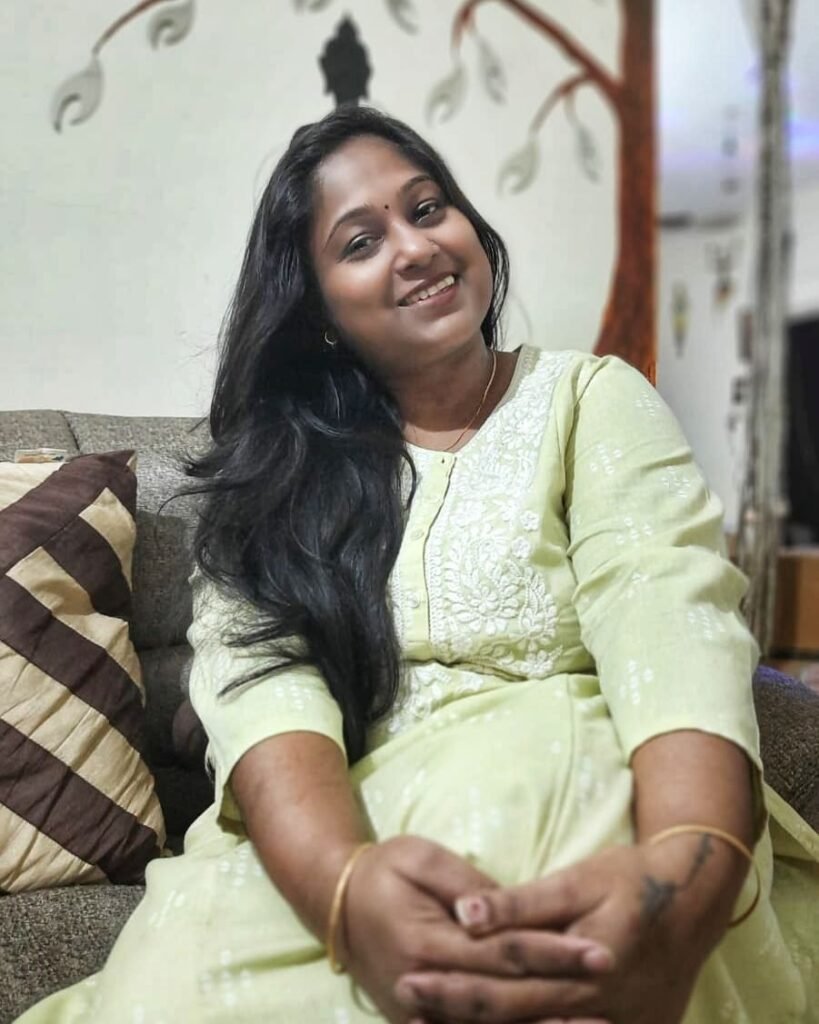
By Deepa Perumal
Deepa Perumal is a Management professional, and a passionate advocate for women’s empowerment. As a career mentor, entrepreneur, and multilingual author, she shares her insights through blogging and writing features on history, world cultures, travelogues and memoirs. Contact her at deepabperumal@gmail.com





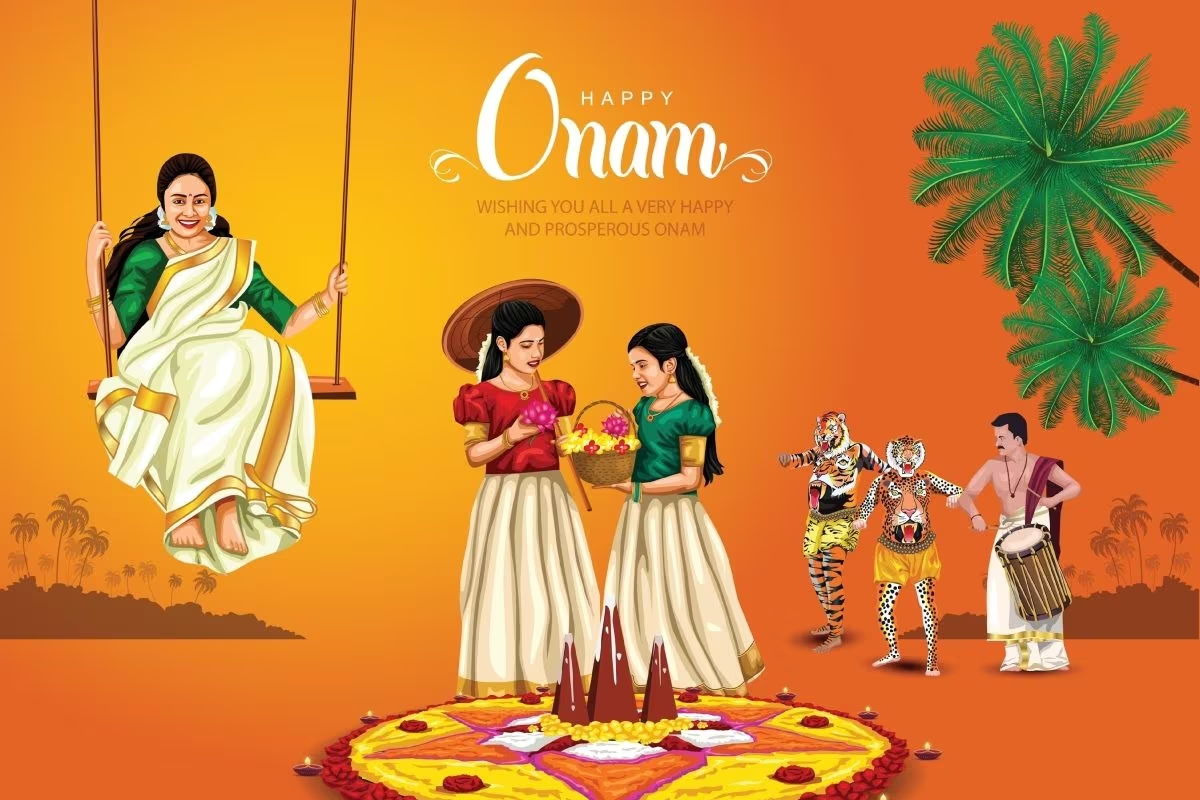

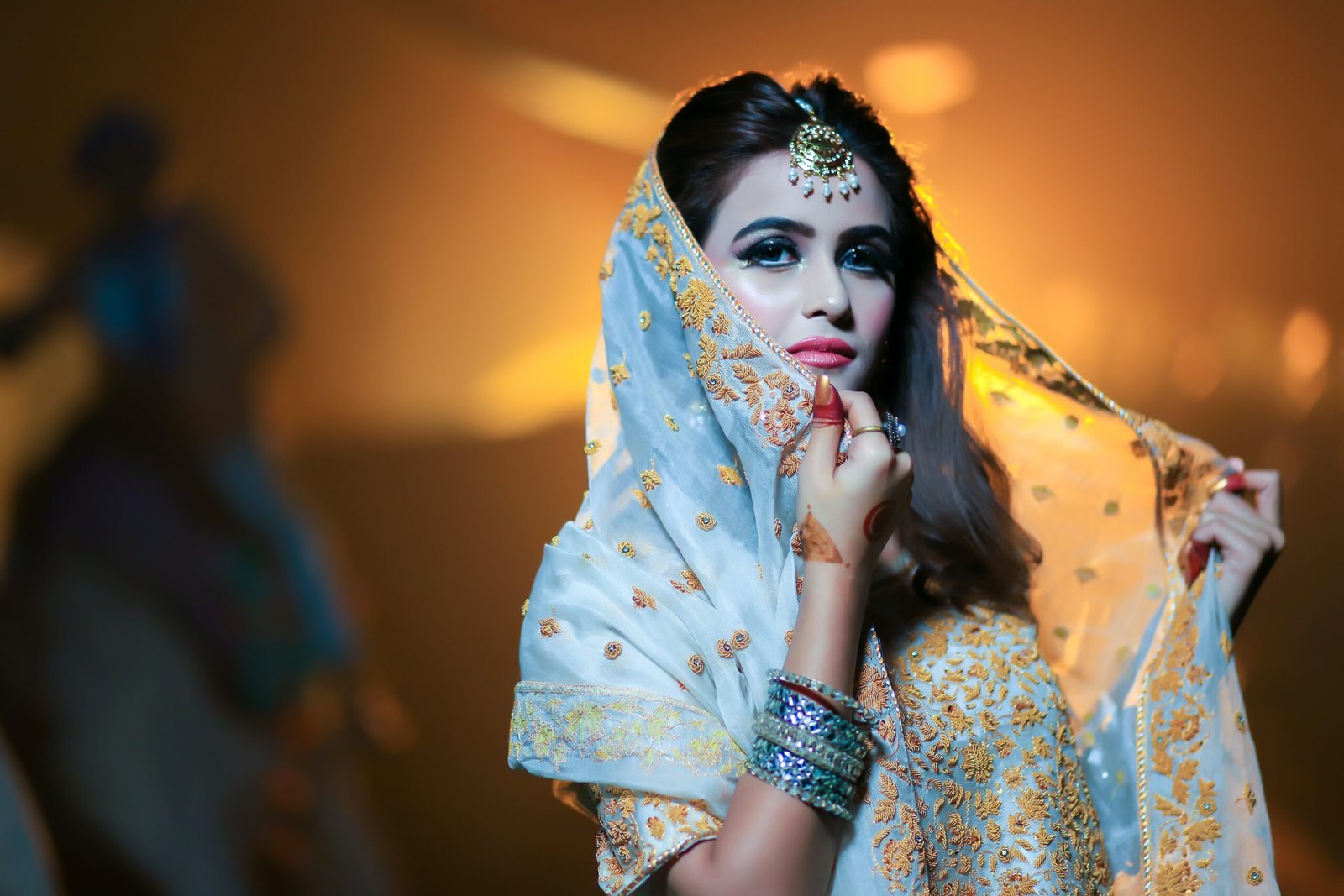
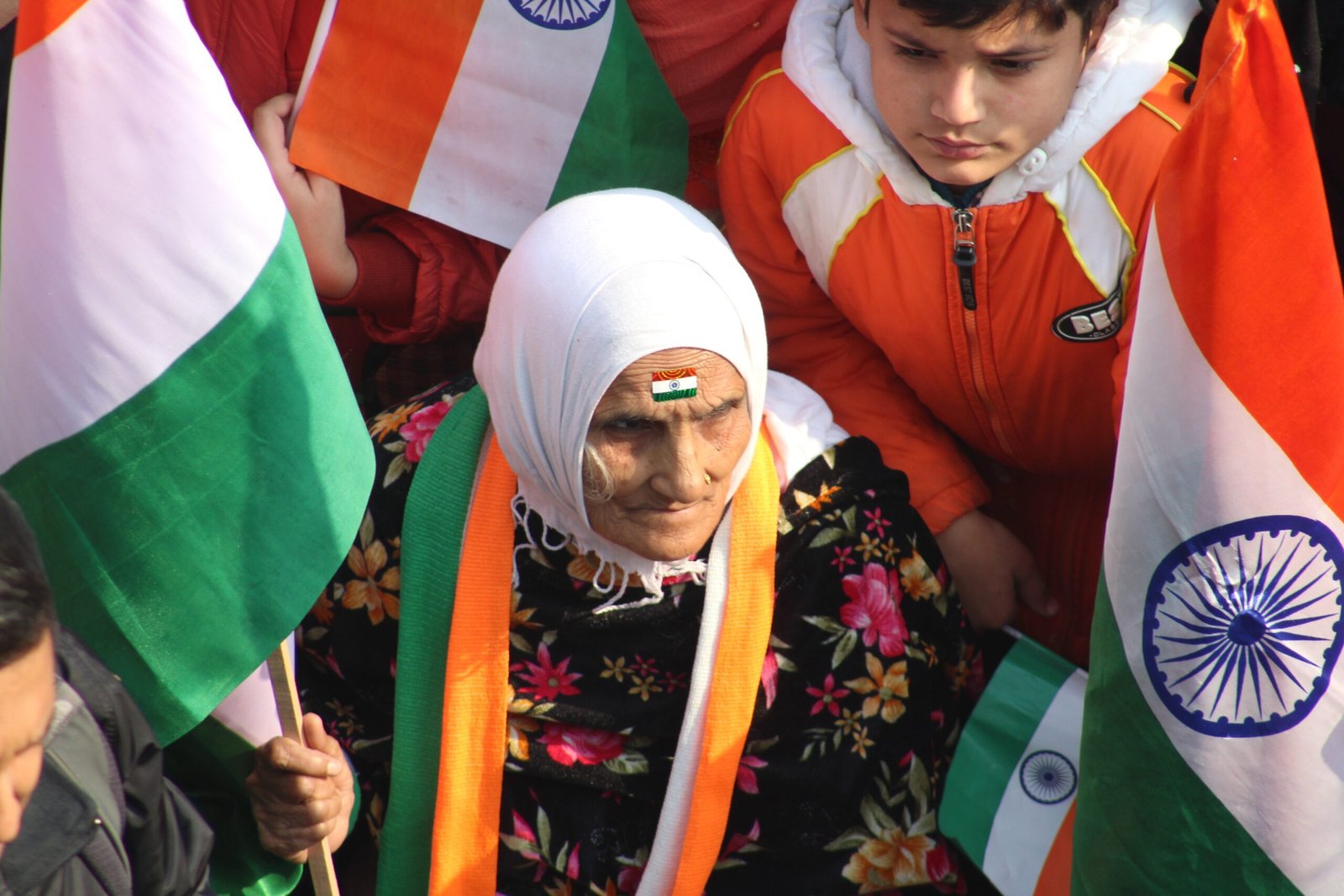


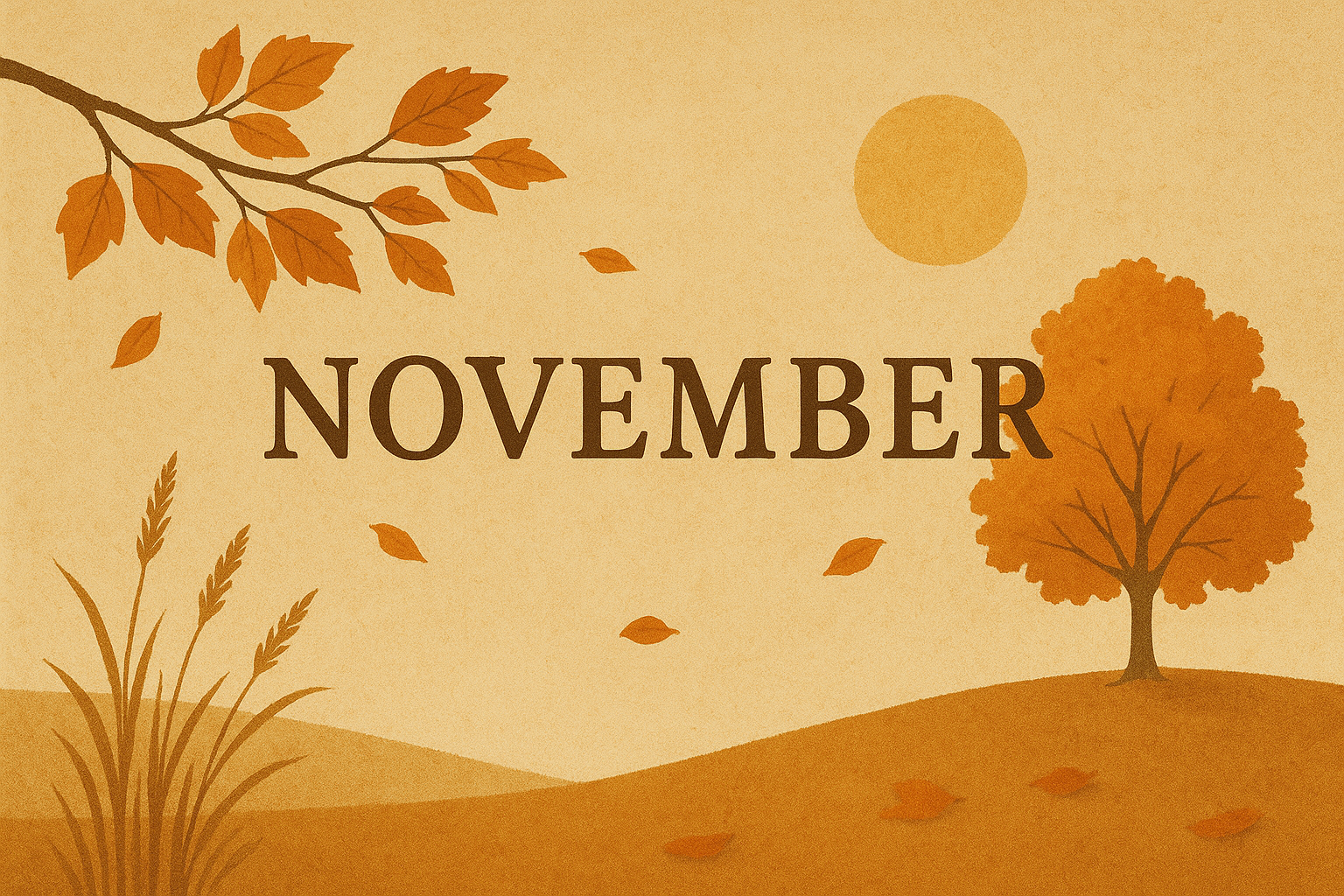



One Response
Lovely Read! The essence of our festival is captured in its entirety.
Onam is just round the corner and your writing is a visual treat for those far from homeland!!